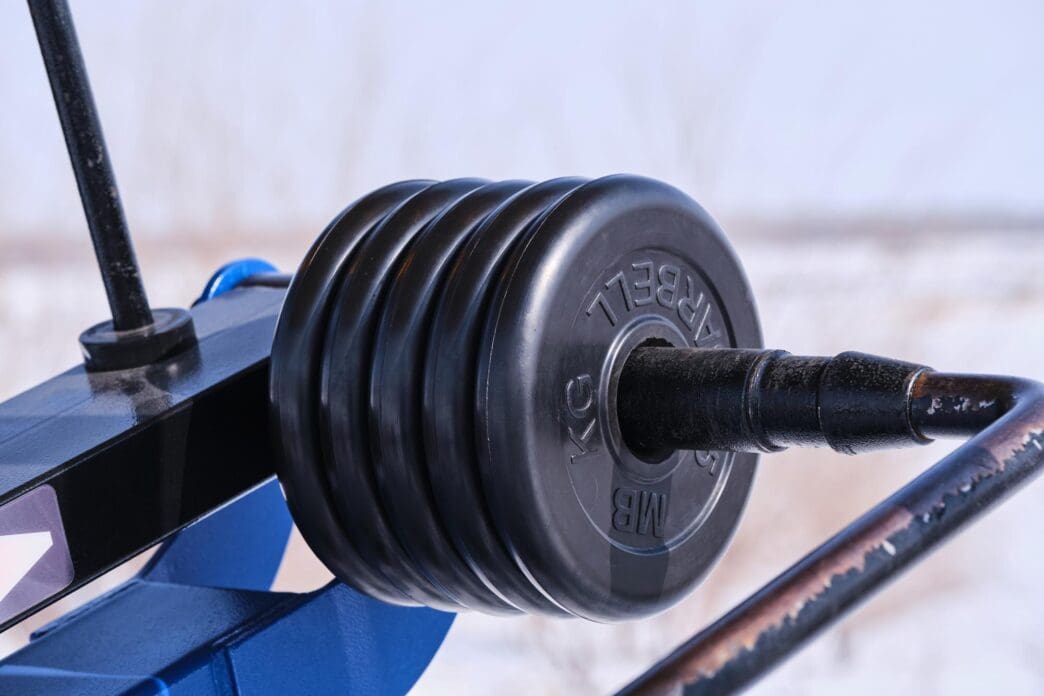A Quick Takeaway
The Story Behind the Trend
How to Make It Work for You
The Community View
To truly unlock new levels of strength and overcome stubborn plateaus in major compound lifts like the squat, deadlift, and bench press, lifters of all experience levels must strategically incorporate accessory exercises into their training regimen. These supplementary movements are vital for strengthening weak links, improving technique, increasing muscular hypertrophy, and preventing injuries, ultimately leading to greater overall strength and enhanced performance in primary movements. By targeting specific muscle groups and movement patterns that support the big lifts, accessory work provides the necessary volume and focused attention to drive continuous progress and build a more resilient physique.
Understanding Accessory Exercises
Accessory exercises are supplemental movements performed after or alongside your main compound lifts. Unlike the primary lifts, which involve multiple joints and muscle groups, accessories often target specific muscles or a smaller set of movements.
Their primary purpose is to support and enhance your main lifts by addressing muscular imbalances, improving stability, and building the necessary strength in supporting muscle groups. They are critical for long-term progress and injury prevention.
The Big Three: Core Lifts and Their Common Weaknesses
The squat, deadlift, and bench press are often considered the pillars of strength training due to their comprehensive muscle engagement and demand for full-body coordination. However, each lift presents common sticking points or weaknesses that can hinder progress.
For squats, weaknesses might include core stability, quad strength out of the hole, or glute activation. Deadlifts often suffer from weak grip, a lagging posterior chain, or difficulty locking out. Bench press limitations frequently stem from underdeveloped triceps, weak shoulders, or poor upper back stability.
Accessory Exercises for the Squat
To boost your squat, focus on movements that strengthen the quads, glutes, core, and lower back, while also improving mobility and stability.
Quad and Glute Development
The Front Squat places greater emphasis on the quadriceps and core, helping to improve upright posture and core bracing. Bulgarian Split Squats are excellent for unilateral leg strength, addressing imbalances, and enhancing balance.
Core and Posterior Chain Strength
Good Mornings directly strengthen the posterior chain—hamstrings, glutes, and lower back—which are crucial for maintaining a strong torso during the squat. Pause Squats involve holding the bottom position for a few seconds, significantly improving strength out of the hole and reinforcing proper depth and technique.
Accessory Exercises for the Deadlift
Deadlift accessories should target the hamstrings, glutes, lower back, lats, and grip strength, as these are common areas of weakness.
Posterior Chain Dominance
Romanian Deadlifts (RDLs) are paramount for hamstring and glute development, teaching proper hip hinge mechanics without stressing the lower back as much as conventional deadlifts. Glute-Ham Raises (GHRs) specifically target the hamstrings and glutes, building explosive power and endurance in the posterior chain.
Back and Grip Strength
Rack Pulls, performed from pins above the floor, allow you to overload the top portion of the deadlift, strengthening your lockout. Farmer’s Walks are unparalleled for building grip strength, core stability, and overall muscular endurance, directly translating to heavier deadlifts.
Accessory Exercises for the Bench Press
To enhance your bench press, prioritize exercises that build strength in the chest, triceps, shoulders, and upper back.
Chest and Triceps Development
The Dumbbell Bench Press increases range of motion and challenges stabilizing muscles more than the barbell version. Close-Grip Bench Press is an excellent triceps builder, which is often a limiting factor in the lockout phase of the bench press.
Shoulder and Upper Back Support
Overhead Press, particularly with dumbbells or a barbell, significantly strengthens the shoulders and improves overall pressing stability. Incorporating various Rowing movements, such as bent-over rows or seated cable rows, is crucial for developing a strong upper back, which provides a stable platform from which to press and protects the shoulders.
Integrating Accessories into Your Routine
Accessory exercises are typically performed after your main compound lifts or on separate training days, depending on your program structure. The general approach is to use higher repetitions and moderate weight, focusing on muscle hypertrophy and endurance rather than maximal strength.
Aim for 2-4 sets of 8-15 repetitions for most accessory movements, ensuring proper form takes precedence over load. Gradually increase weight or reps as you get stronger, but always ensure the movement feels controlled and effective.
Maximizing Your Results and Avoiding Overtraining
While accessory work is crucial, it’s important not to let it overshadow your main lifts or lead to overtraining. Listen to your body, prioritize recovery through adequate sleep and nutrition, and adjust volume as needed.
The goal is to supplement, not supplant, your primary strength training efforts. Smart programming and consistent effort in your accessory work will yield significant dividends in your big lifts.
Sustained Strength Gains
Strategic incorporation of accessory exercises is not just about adding more movements to your routine; it’s about intelligent programming that addresses specific weaknesses and fortifies your overall strength. By consistently strengthening your supporting muscles, improving technique, and adding volume where it counts, you will unlock new personal bests and build a more resilient, capable physique for years to come.







